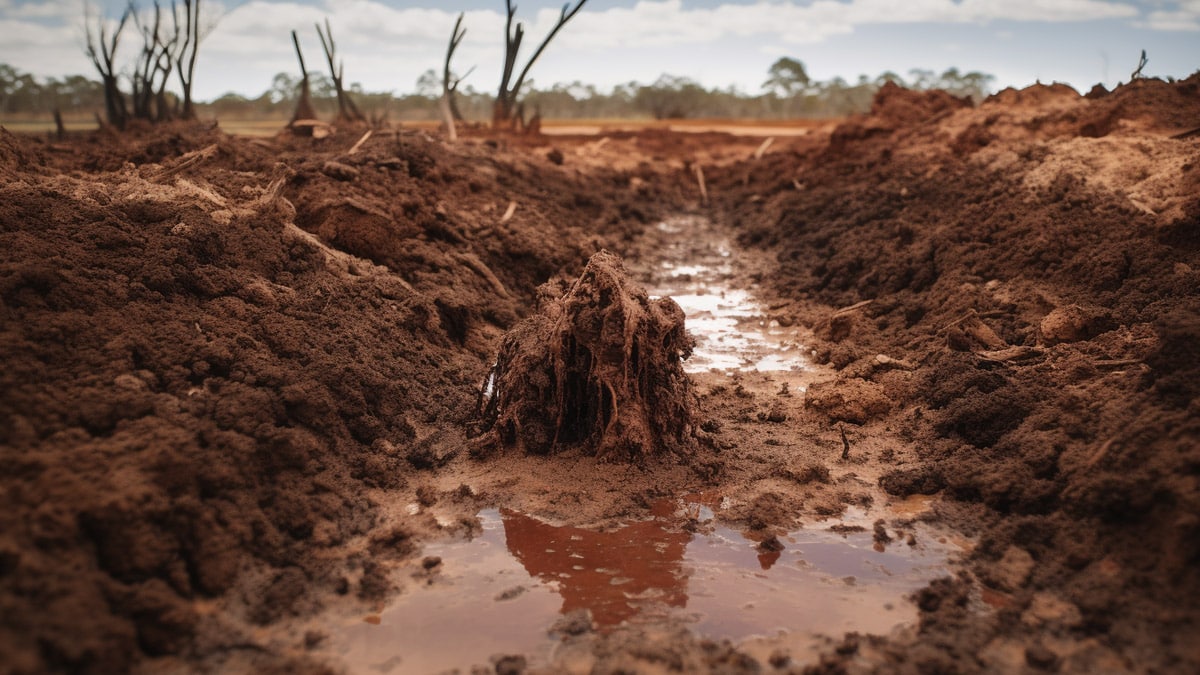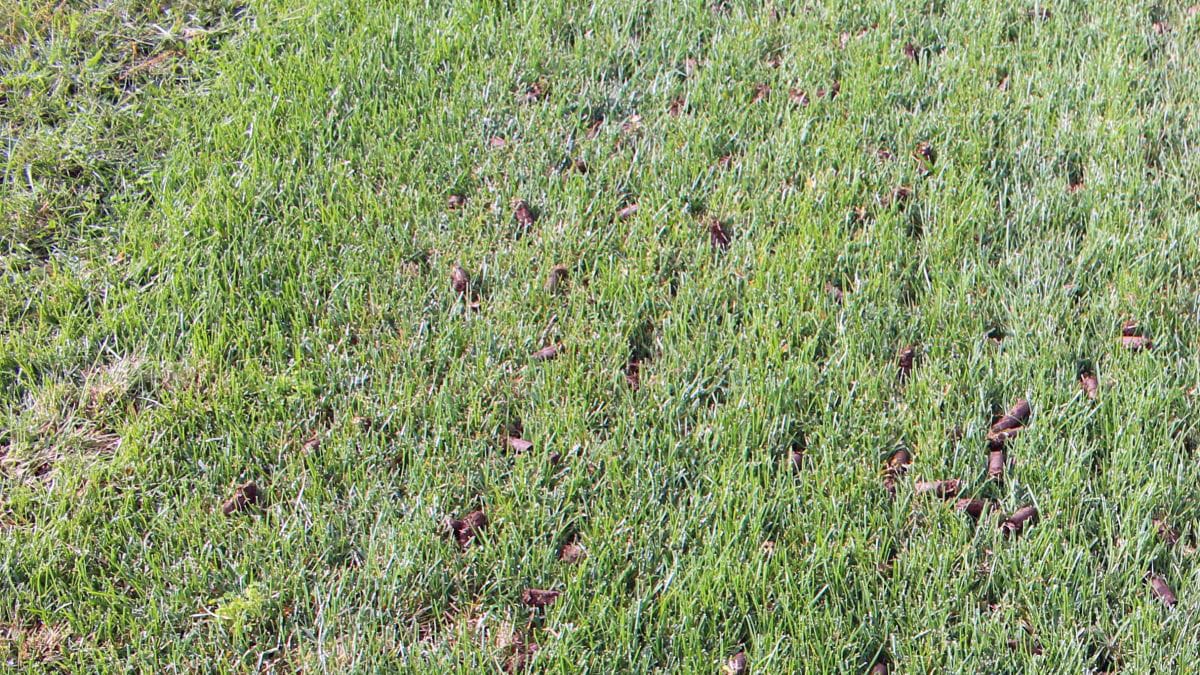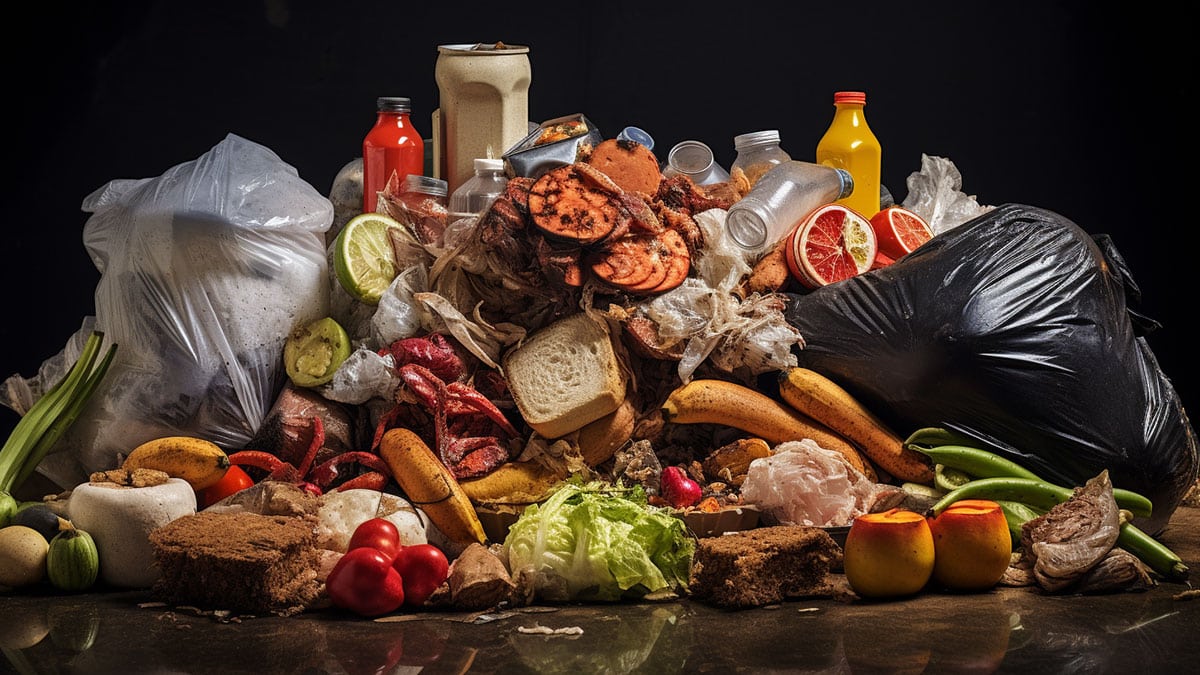From Trash to Toxins: Protecting Our Soil from Waste Disposal Dangers

Improper waste disposal significantly threatens our soil, an essential component of the earth’s ecosystem. When solid waste is poorly managed, it contributes to soil contamination and degradation. This happens by releasing toxic metals, hazardous chemicals, and organic fractions, adversely altering soil chemistry. The result? A decline in soil’s stability and strength. Continuous disposal of municipal waste in soil can elevate heavy metal concentrations, posing severe risks to soil health, crop growth, and human well-being. Open dumping of municipal solid waste exacerbates this issue, directly leading to soil pollution and further degradation. Such impacts trigger a domino effect of problems, including erosion, structural stability concerns, and disease proliferation, ultimately jeopardising environmental and human health.
Immediate Impacts
Contamination
The immediate and hazardous impact of waste disposal on soil is contamination. Harmful substances, notably heavy metals and chemicals, leach from waste into the soil. This leaching process introduces toxins, which can persist for years, contaminating the soil. These toxins pose significant risks to several key aspects:
- Plant Life: Contaminated soil adversely affects plant health. Plants absorb these toxins, leading to stunted growth, reduced yield, and even plant death.
- Groundwater: As these contaminants seep deeper, they pollute groundwater resources. This disrupts aquatic ecosystems and poses a direct threat to human health, as groundwater is a crucial source of drinking water.
- Human Health: The bioaccumulation of these toxins in crops can lead to serious health issues in humans, including neurological disorders, organ damage, and increased cancer risks.
Physical Alterations
Landfills and improper waste disposal practices also cause immediate physical alterations to soil structure. These alterations have a ripple effect on various soil properties:
- Drainage: The compact nature of landfills and the dense accumulation of waste materials obstruct the natural drainage of soil. Poor drainage leads to waterlogging, which negatively affects plant growth and can lead to increased soil erosion.
- Aeration: Waste disposal sites, especially landfills, compress the soil, reducing its porosity. This diminished aeration affects the soil’s ability to support microbial life, which is integral to maintaining soil health and fertility.
- Overall Fertility: Reduced aeration and poor drainage significantly impact soil fertility. The altered physical structure of the soil hampers its ability to support plant life, thereby reducing its agricultural value and ecological functionality.
Long-Term Consequences
Reduced Fertility and Crop Yields
Contaminated or degraded soil has profound long-term consequences on agricultural productivity. Over time, the accumulation of toxins and the physical degradation of soil lead to a significant decrease in its fertility. This decline manifests in several ways:
- Decreased Agricultural Productivity: Contaminated soil lacks essential nutrients and has imbalanced pH levels, which are critical for plant growth. This leads to reduced crop yields, affecting agricultural produce’s quantity and quality.
- Food Security Concerns: The decline in crop yields directly impacts food security. With a growing global population, producing sufficient food is paramount. Degraded soil jeopardizes this, potentially increasing food scarcity and higher prices.
Loss of Biodiversity
Soil pollution also disrupts local ecosystems, causing a loss of biodiversity. The health of soil is intricately linked to the broader ecological network, and its degradation has cascading effects:
- Harm to Soil Organisms: A diverse range of organisms inhabit healthy soil, from bacteria and fungi to insects and worms. These organisms are crucial for nutrient cycling, soil aeration, and organic matter decomposition. Contaminated soil can harm or even eliminate these organisms, disrupting these vital processes.
- Impact on the Food Chain: Soil organisms form the base of many food chains. Their decline affects the entire food web, impacting species that rely on them for food. This can lead to reduced populations of certain species and an increase in others, further disrupting ecological balance.
- Natural Pest Control: Many soil organisms play a role in controlling pest populations. Their decline can lead to increased pest problems, often leading to a higher reliance on chemical pesticides. This creates a vicious cycle, further contaminating the soil.
Physical Alterations and Reduced Productivity
Soil Structure and Plant Growth
Soil structure refers to the arrangement of soil particles (sand, silt, and clay) and the pore spaces between them. This structure is crucial for plant growth for several reasons:
- Water Retention and Drainage: Good soil structure allows for optimal water retention and drainage. Plants need water, but too much or too little can be harmful. Well-structured soil provides a balance, ensuring that plants get enough water without being waterlogged.
- Aeration: The spaces in soil allow for air movement. Roots need oxygen to respire and grow. Poor aeration can suffocate roots, stunting plant growth.
- Nutrient Availability: Soil structure affects how nutrients are held and released. Good structure means that nutrients are retained long enough to be absorbed by plants but not so long that they become unavailable.

Impact of Landfills and Waste Dumping
Landfills and waste dumping sites drastically alter soil structure:
- Compaction: The weight of waste materials, especially in landfills, compacts the soil. This reduces pore space, adversely affecting drainage and aeration.
- Disruption of Soil Layers: Waste disposal can mix soil layers, disrupting the natural soil profile. Different layers have different qualities and functions, and mixing them can reduce the overall quality of the soil.
- Physical Barriers: Waste materials can create physical barriers in the soil, preventing roots from accessing the entire soil profile. This limits their growth and access to nutrients and water.
Connection Between Soil Health and Agricultural Productivity
Soil health is directly linked to agricultural productivity:
- Reduced Plant Growth: Poor soil structure leads to reduced plant growth. This can be due to waterlogging, poor aeration, or nutrient deficiencies, all of which are consequences of altered soil structure.
- Lower Crop Yields: Reduced plant growth translates into lower crop yields. This not only affects the quantity of food produced but also its quality.
- Increased Costs: Farmers may need to invest more in irrigation, drainage, and fertilisers to compensate for poor soil conditions. This increases the cost of farming and can make some agricultural practices unsustainable.
Solutions and Positive Practices
Composting and Organic Waste Management
Composting is a highly effective way to enhance soil health. It involves decomposing organic matter into a nutrient-rich soil amendment, like kitchen scraps and garden waste. Here’s how it benefits the soil:
- Improves Soil Structure: Compost adds organic matter to the soil, improving its structure. This enhances water retention, drainage, and aeration.
- Nutrient-Rich Soil: Compost is a natural fertilizer. It slowly releases essential nutrients, reducing the need for chemical fertilizers.
- Encourages Beneficial Microorganisms: Adding compost to soil boosts its microbial life. These microorganisms are crucial in breaking down organic matter and maintaining soil health.
Responsible Waste Disposal Practices
Proper waste disposal is key to minimising soil contamination:
- Recycling: Recycling reduces the amount of waste that ends up in landfills. This means less soil compaction and contamination.
- Proper Sorting: Properly sorting waste – separating recyclables, compostables, and landfill waste – is crucial. This ensures that each type of waste is processed in the most environmentally friendly way.

Individual Actions
Individuals can make a significant impact:
- Reduce, Reuse, Recycle: The three R’s are more than a slogan. Reducing waste, reusing items, and recycling whenever possible can significantly reduce the amount of waste that ends up in landfills.
- Support Eco-friendly Products: Choose products with minimal packaging or those made from recycled materials.
- Participate in Community Initiatives: Engage in community recycling or composting programs. If there aren’t any, consider starting one.
Benefits of These Practices
- Improved Soil Health: These practices contribute to healthier soil, which is better for growing plants and maintaining ecosystems.
- Environmental Protection: Less waste in landfills means less soil contamination, air pollution, and greenhouse gas emissions.
- Economic Efficiency: Effective waste management can reduce the costs associated with waste disposal and soil remediation.
In conclusion, we can significantly improve soil health and contribute to a more sustainable environment through composting, responsible waste disposal, and individual actions. These practices benefit the soil, protect our ecosystems, and promote economic efficiency. By adopting these positive practices, each person can play a part in creating a healthier planet.


